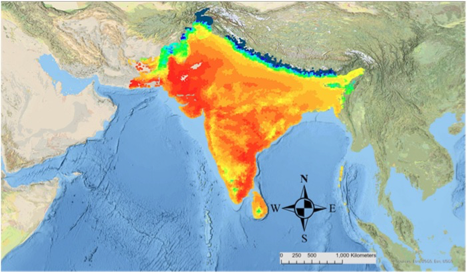Climate Shock in South Asia: How 60% of Households & Businesses Are Feeling the Heat
- Lucas Johnson

- Jun 8, 2025
- 2 min read
The World Bank's latest report, *From Risk to Resilience: Helping People and Firms Adapt in South Asia*, reveals a stark reality: over **60% of households and firms** across South Asia have been impacted by extreme weather—ranging from floods and heatwaves to cyclones and crop failures—over the past five years.
⚠️ Alarming Consequences
Floods and Heatwaves: Bangladesh, Pakistan, and India have experienced successive monsoon floods, including the historic floods in 2022 and 2023, which displaced millions and caused catastrophic economic loss.
Urban Vulnerability: Poor communities in major cities face recurring power outages, damaged homes, and increased health risks from polluted floodwaters.
Rural Strain: Farmers and small enterprises suffer crop losses, reduced productivity, and disrupted supply chains due to erratic weather patterns.
The report warns that without immediate adaptation investments, these impacts will intensify—with 75% of people expecting worse conditions in the next decade
Economic Toll & Resilience Gaps
World Bank data projects staggering losses:
Up to \$160 billion annually by 2030 due to floods and heatwaves.
Potential GDP decline of up to 5–10% by 2070 for vulnerable countries like India, Bangladesh, Nepal, and Pakistan.
Millions are stuck in a “climate poverty trap”—too poor to adapt but too exposed to cope.
Building Resilience Across South Asia
The World Bank recommends a "Marshall Plan"–style response featuring:
The World Bank report warns that a climate disaster is already under way for South Asia's 1.9 billion people. But it also highlights a future path forward—one where targeted investments, technology, and policy reforms can unlock resilience.
Nature won’t wait for policy. Without swift action, lives and livelihoods—especially among the poor and marginalized—will continue to be devastated by the escalating climate storm.



Comments